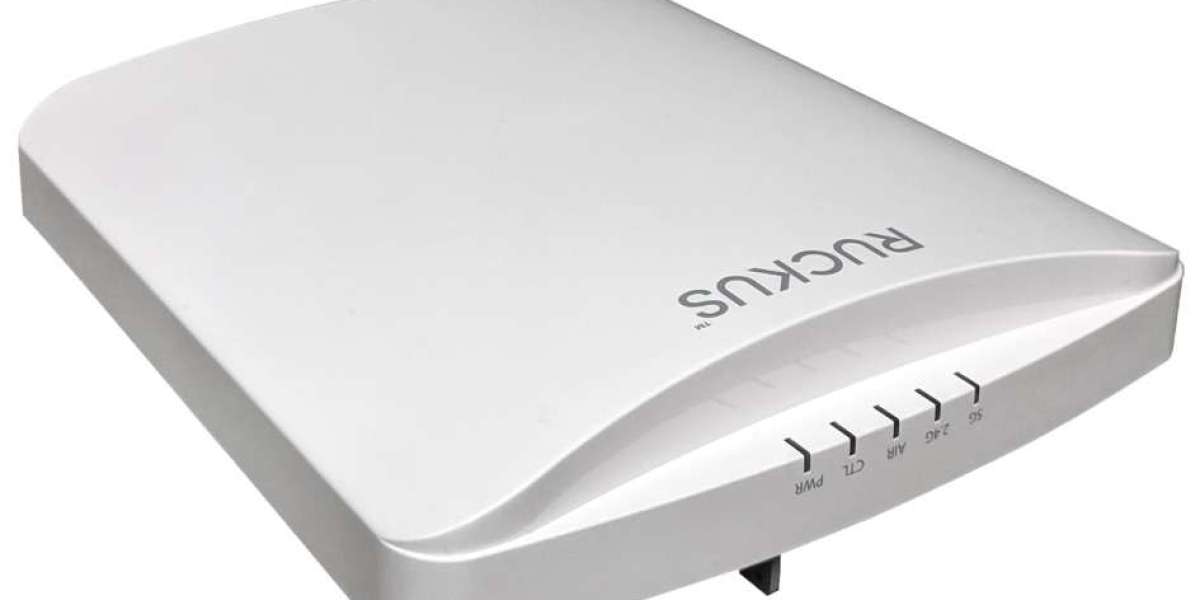Traditionally, Wi-Fi routers have been confined to the indoors, limiting their reach and functionality. But what if you crave a seamless internet connection while relaxing by the pool, barbecuing on the patio, or working remotely in your backyard? This is where outdoor routers come in – ruggedized devices designed to extend your Wi-Fi network to the great outdoors.
What is an Outdoor Router?
An outdoor router is a specialized wireless router built to withstand the elements. Unlike traditional routers designed for indoor environments, outdoor routers boast weatherproof casings that can endure rain, snow, dust, and extreme temperatures. They connect to your existing indoor router (or internet source) via a wired ethernet cable and then broadcast a Wi-Fi signal, extending your network coverage outdoors.
Benefits of Using Outdoor Routers:
Extended Wi-Fi Coverage: Eliminate Wi-Fi dead zones and enjoy a strong internet connection in your outdoor spaces like patios, decks, pools, and gardens.
Enhanced Entertainment: Stream music, movies, or sporting events seamlessly while relaxing outdoors.
Outdoor Work Efficiency: Enable remote work or online learning from your backyard or patio with a reliable internet connection.
Smart Home Connectivity: Expand your smart home network outdoors, allowing you to control smart sprinklers, outdoor lighting, or pool equipment remotely.
Security Camera Monitoring: Access and monitor your security cameras installed outdoors from your smartphone or tablet with a wider Wi-Fi reach.
Things to Consider When Choosing an Outdoor Router:
Weatherproofing: Ensure the router has an IP (Ingress Protection) rating that indicates its resistance to dust and water. A higher IP rating signifies better protection.
Coverage Area: Choose a router with sufficient signal strength to cover your desired outdoor space.
Wireless Standards: Opt for routers supporting the latest Wi-Fi standards like Wi-Fi 6 for faster speeds and improved performance.
Security Features: Look for routers with WPA2 or WPA3 encryption to safeguard your outdoor Wi-Fi network.
Power Source: Consider routers with PoE (Power over Ethernet) capability, eliminating the need for a separate power outlet near the installation location.
Types of Outdoor Routers:
Stand-alone Outdoor Routers: These are individual units that connect directly to your indoor router via an ethernet cable.
Mesh Wi-Fi Systems with Outdoor Nodes: Some mesh Wi-Fi systems offer weatherproof nodes that can be placed outdoors to extend your network coverage.
Installation Tips for Outdoor Routers:
Placement: Choose a central location outdoors with minimal obstructions for optimal signal strength.
Ethernet Cable: Ensure you have a weatherproof ethernet cable long enough to connect the outdoor router to your indoor router.
Power Source: If not using PoE, select a location with a nearby power outlet for the router.
Security Configuration: Secure your outdoor Wi-Fi network with a strong password and WPA2/WPA3 encryption.
Conclusion:
Outdoor routers offer a compelling solution for extending your Wi-Fi network and enjoying a reliable internet connection in your outdoor spaces. By understanding their benefits, key considerations, and installation tips, you can choose the right outdoor router to eliminate those frustrating signal drops and create a seamless Wi-Fi experience that extends beyond the walls of your home. So, go ahead, take your work, entertainment, or smart home features outdoors, all powered by the reliable connection of an outdoor router.
For more info. visit us:








